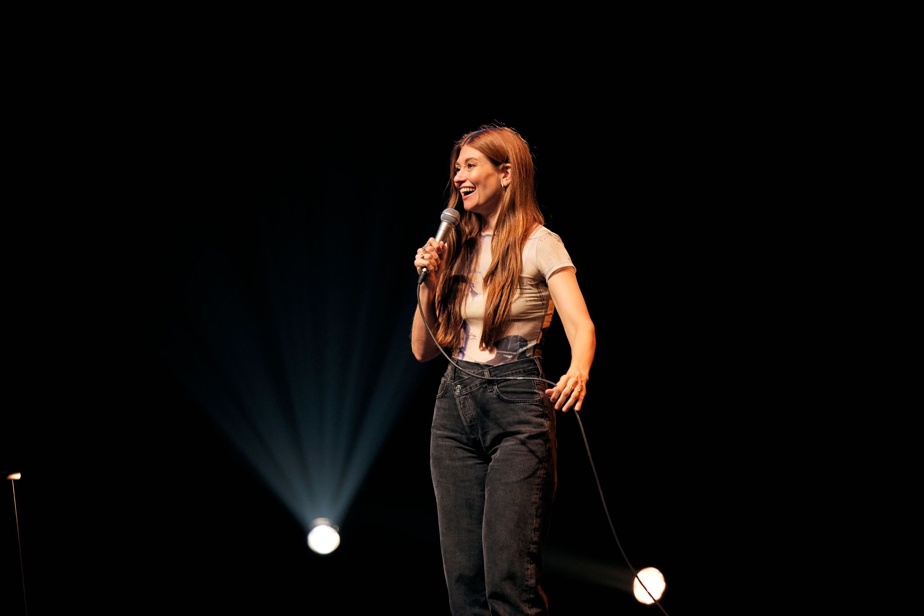This is the thing that people get the most angry about among the ideas I hold, when I say that the best comedians aren’t necessarily the ones who make us laugh all the time.
In my book, I talk about the end of art: the invention of photography freed painters, who no longer had to represent people or objects, which is not unrelated to the advent of modern art. And that’s what happens with humor: in a world where our phones bombard us with potentially funny content, when you find yourself in a room, certainly the act of laughing with other people is rare and precious, but what you hope for is a form of link, of relationship with the comedian. This is what we’re talking about when we say that a comedian doesn’t have to make people laugh every 30 seconds.
In any case, even if a comedian only cares about the number or strength of laughs, viewers will laugh more if they are invested in what he is saying.
What defines stand-up is fun, which is more of a state, a climate created by the comedian. The number of laughs is a fairly superficial criterion: we’ve all seen a comedian succeed on stage by doing predictable or lazy material.
I almost put a disclaimer at the beginning of the book: I’m not saying that humor should no longer be funny, I’m just saying that it’s a measuring stick that doesn’t tell the whole story. I propose a broader definition of what humor can be, without excluding the previous definition.
Judging the quality of a comedy show by the number of laughs would be the equivalent of judging the success of a basketball team by its average points per game, rather than by its number of victories. And victory, in any art form, is to communicate, to enter into relationships. Laughter is a channel that allows this, but not the only one.
I must first say that I do not ask stand-up to be theater. I like stand-up exactly the way it is. Taking this art form seriously does not mean depriving oneself of everything that is not serious about it.
Already in the 1950s, comedians like Shelley Berman and Lenny Bruce were saying: While we’re here, why not do something other than jokes about our mother-in-law? But it’s always been rare, because it’s scary and it’s difficult to get out of that patch of sand.
Then in the 1990s, what we called alternative humor took this idea further, but also created a split between its representatives and club comedians, who are there to tear everything away and say nothing really. respondent.
What has happened in recent years is that this so-called alternative approach, in the broad sense, has taken up more space, thanks to the accessibility to all content that the Internet allows, and also because young comedians have role models in the genre, like Marc Maron, Tig Notaro, Maria Bamford. It’s quite mainstream now to do this type of humor, even in a comedy club context.
Still, to really dive in, to show yourself vulnerable, it has always been and will remain difficult.
What I like most about humor, what’s remarkable about it, is that it’s created with the audience. And giving the public a form of control over their own story is a form of vulnerability. But comedians don’t all have to talk about illness or death to be vulnerable. Presenting something different, something innovative can make you vulnerable. Just going on stage to try new jokes is being vulnerable.
The worst kind of stand-up is born from a fear of being afraid. This is what makes some people put on armor before going on stage, taking the easy way out.
If we are afraid of a subject, I think it is a sign that we are touching on something.
